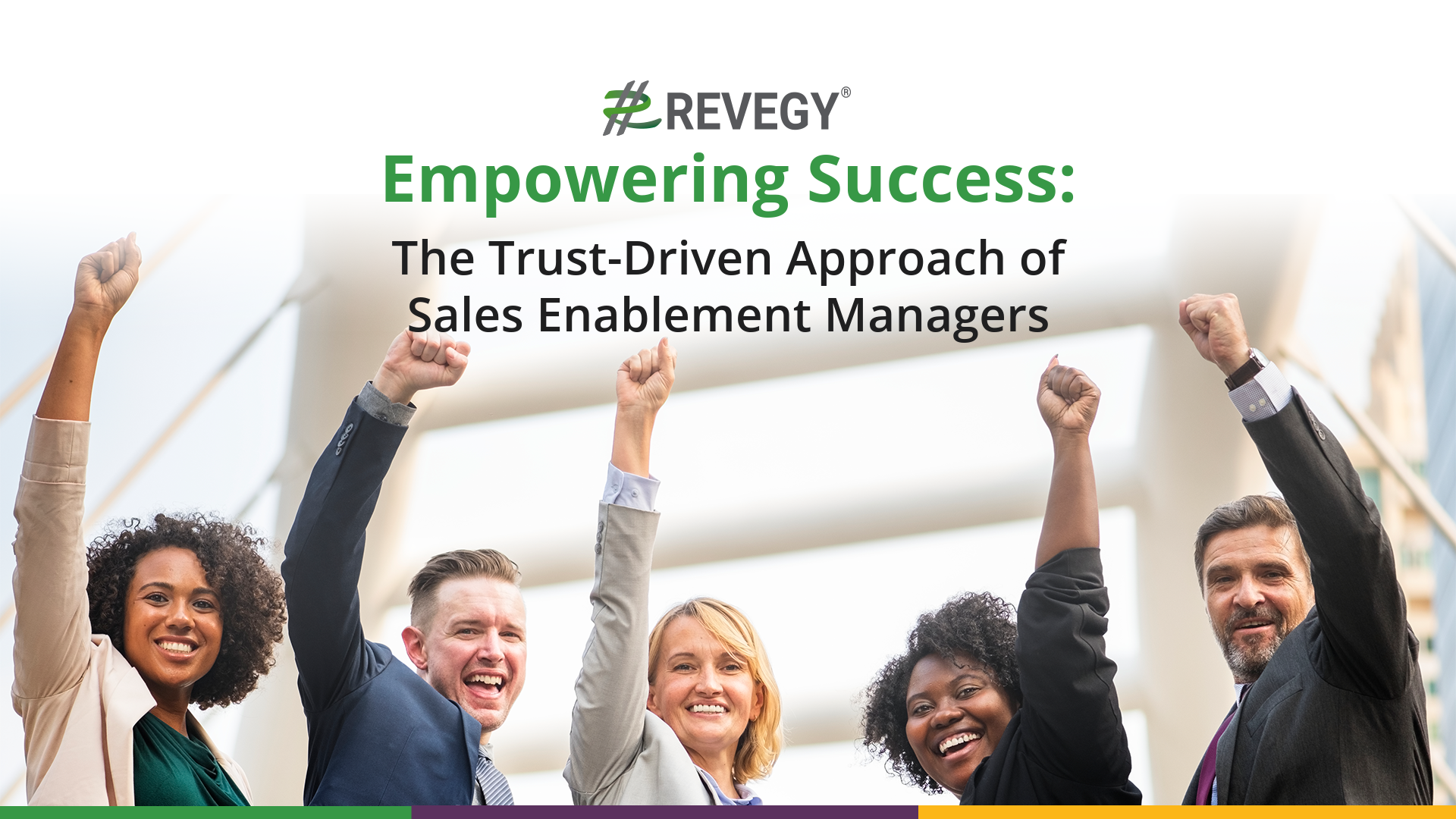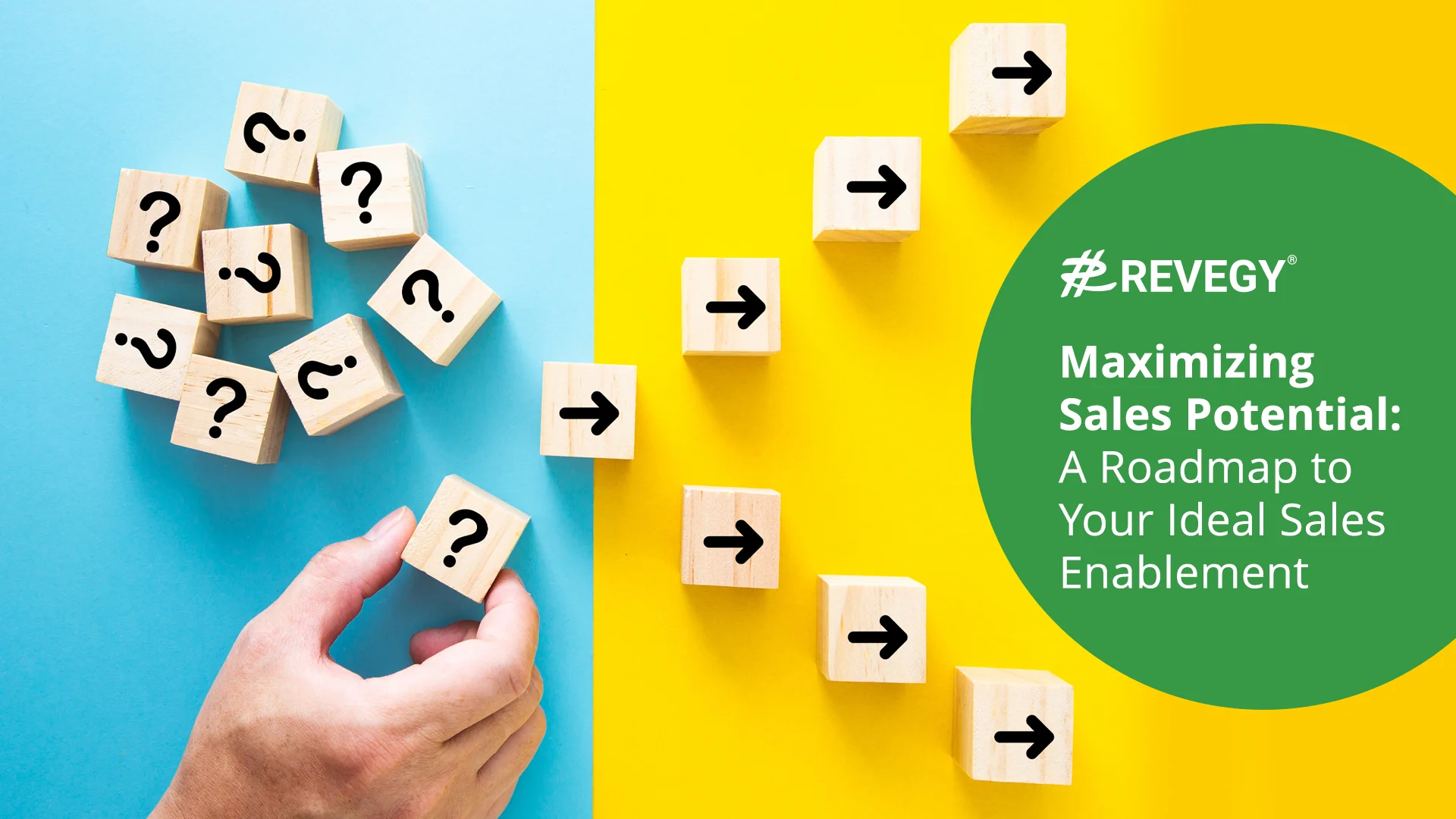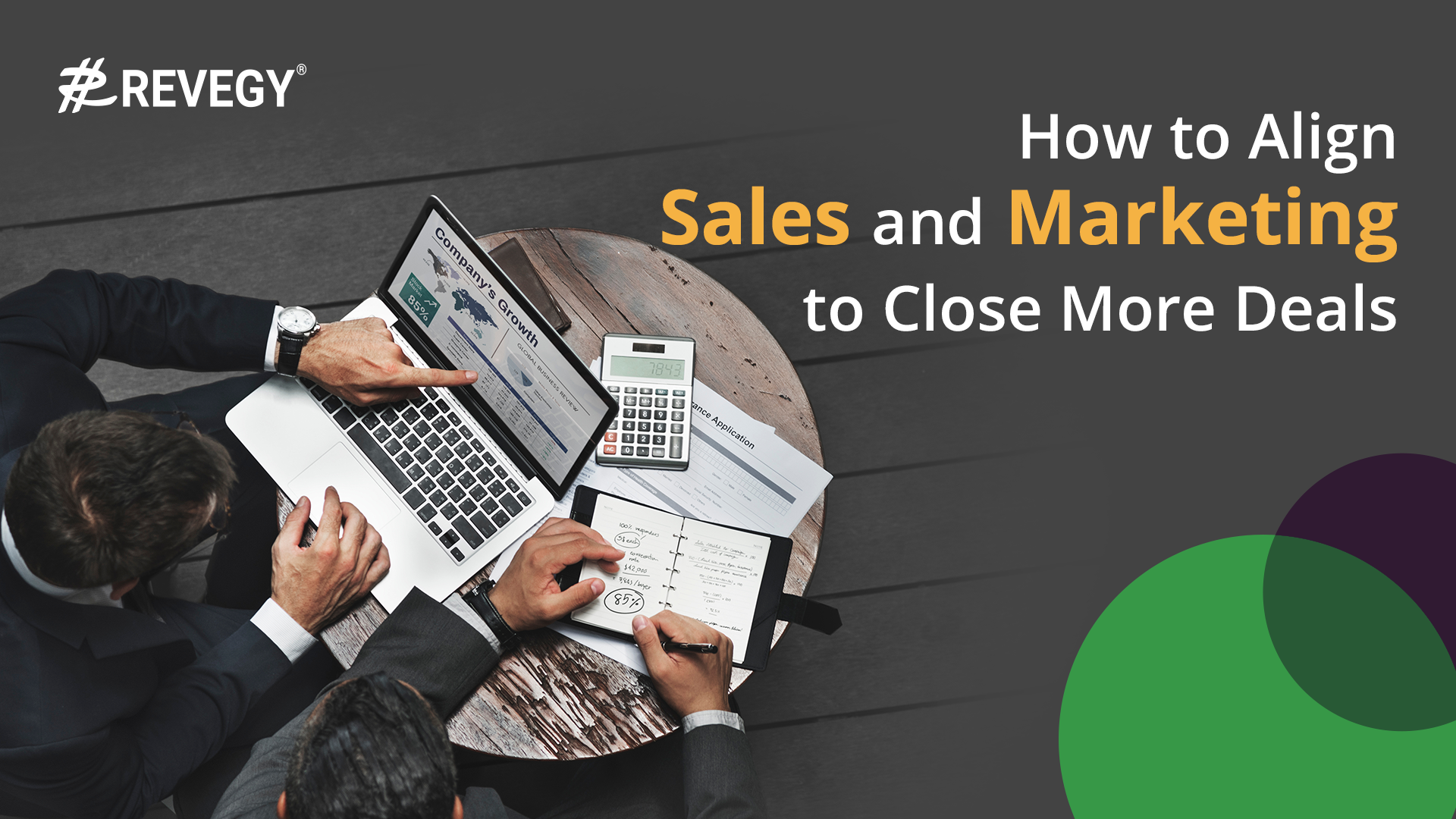This is a guest post from Janice Mars, Principal and Founder at SalesLatitude.
In working with different sales teams, I see a central theme emerge: how you look at key relationships at the account level can be very different than you do at the opportunity level. It is imperative that salespeople gain visibility and establish relationships with key decision-makers when building accounts.
Why? Take a look at these survey results.
In a survey of over 100 enterprise sales leaders, 50% missed their quotas for the year and 33% attributed their lost deals to a lack of visibility with key decision-makers. And the winners? They named their #1 success factor as being able to establish key relationships with most decision-makers and influencers. Do you see a trend?
Most salespeople clearly understand who the key decision-makers and influencers are on a specific opportunity or account. They also understand that the key decision-makers and influencers can be in multiple lines of business (LOB). However, I will ask a salesperson how they have confirmed this information and come to find out that who they believe are the key stakeholders do not always clearly understand the specific, strategic objective(s) the business is trying to achieve. They know, for example, that they need to have faster reporting, reduce costs, or implement a key project. These are tactical objectives – not strategic.
But if they asked questions about what the overall business is looking to achieve, then they’ll have a better chance of expanding their relationships to find and gain visibility with key decision-makers and influencers. Interestingly enough, typically these higher-ups are very open to discussions early on in their buying cycle and are happy to share their specific business goals – partly because their performance in achieving them is tied to their compensation. This approach differs from identifying key relationships in an account, in that instead, you are looking to identify more than the individuals you deal with all the time.
For example, I had a financial services client who only knew the individuals who would likely be interested in their products and services. They were looking at their customer from the bottom up. I asked them if they knew all the direct reports in the specific LOB, but they did not see any reason to get to know them since they could not sell to them. I asked, “Have you ever gotten a verbal acceptance and then waited months for a contract to be signed?” They said yes. So, I asked them to try to identify something new and to look at the account’s LOB more holistically.
Their big discovery? By looking at the LOB from the customer’s point of view rather than their own, and asking how decisions were influenced and made, they gained much more intel than any org chart could.
Top performers know that you need visibility to best understand more than what an org chart tells you. Try to understand more through your customer’s lens and be wary when the only people you know are those that can buy your products and solutions. In my experience, teams that understand a customer’s top priorities, and can link their products and solutions to those top priorities, potentially close bigger deals – and, when given the verbal, their contract goes to the top of the procurement pile.





